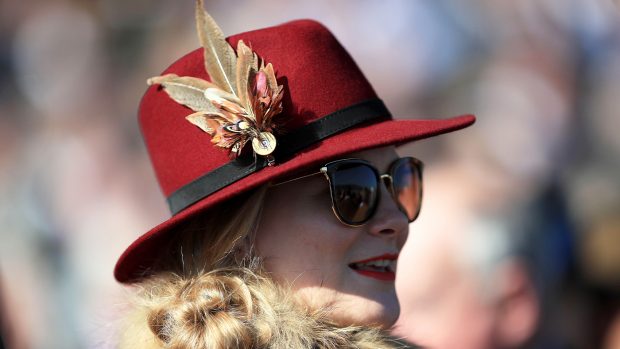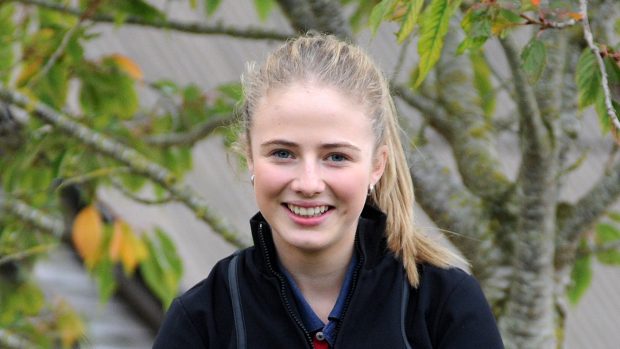Preparation for racing on the snowIt's the final day of racing at the 2019 White Turf ❄️But what goes into making this special event safe to race? ✅
Posted by World Horse Racing on Sunday, February 17, 2019
Racing on the snow can be dangerous and the jockeys require nerves of steel to battle it out on the frozen lake in St Moritz, Switzerland.
But like all equestrian disciplines, the welfare of horses and riders is paramount and a lot of preparation goes into the surface before racing kicks off.
Markus Berweger lives in St Moritz and is responsible for the safety and infrastructure on the frozen lake.
“As soon as the lake is frozen, we make 14 measurement points across it and once the ice thickness measures 27cm, we do a stress test on it using a seven-tonne pulley,” explained Markus.
“When we know that the load capacity is sufficient, we can start the infrastructure on the frozen lake.”
One thing that cannot be controlled in the luxury alpine resort is the weather, and Markus added that if there happens to not be enough snow, they create more using the snow machine.
As expected, the going on the track depends on how much snow there is.
“If it is very cold and the snow is well pressed, the ‘run’ can be hard and fast,” said Markus. “If it warms up it can become soft, while if we get too much snow it cannot be hard pressed and can get deep.”
Holes are drilled into the ice for the racing rails to go in. To fix them in place the holes are filled up with water, which is then frozen.
In between each race, a snowmobile is driven around the track, with metal chains attached to the back, to even out the surface.
“It can be problematic for us if there is heavy snow right before a race or if there is water in between the ice and snow layers,” added Markus. “This year, we had 30cm of snow, and an ice and snow thickness of between 35-45cm.”
For the first time, new technology was used to help with the preparations last year.
“We used a drone and a thermal imagery camera to check if there was any water in between the ice and snow cover,” he said. “We also used a GeoRadar [ground-penetrating radar machine], which allows us to see where there is water within the surface and therefore where it is safe to race.”
For all the latest news analysis, competition reports, interviews, features and much more, don’t miss Horse & Hound magazine, on sale every Thursday.




